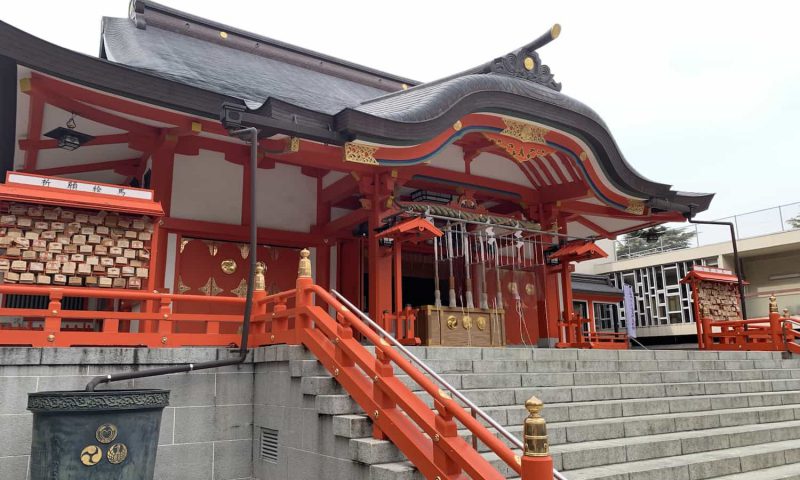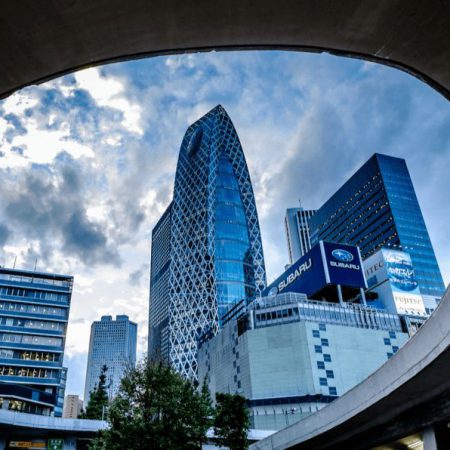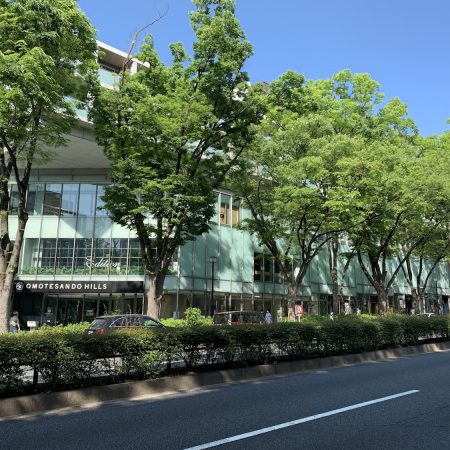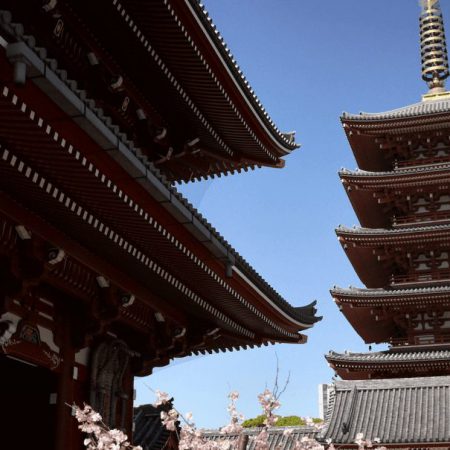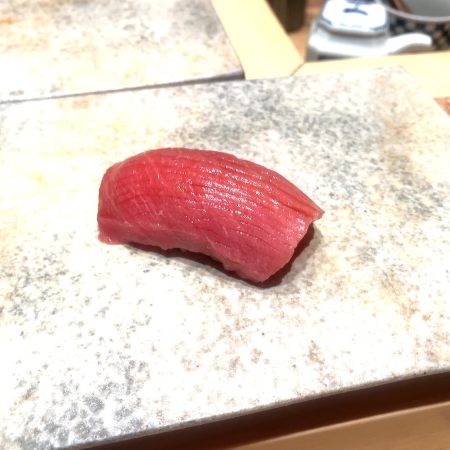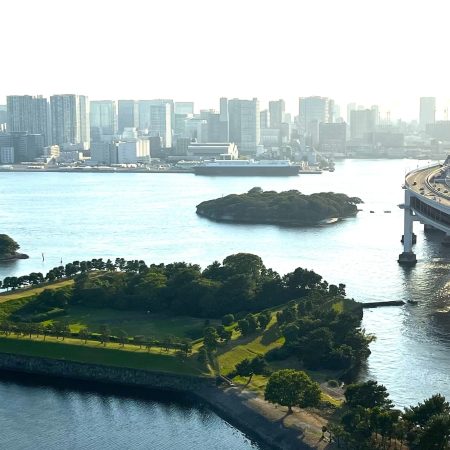Embark on a cultural journey in Shinjuku with recommended shrines and temples. Some of the famous ones include Hanazono Shrine, renowned for the Tori-no-Ichi festival; Juniso Kumano Jinja Shrine, a tranquil wooden shrine serving as Shinjuku’s guardian; Kaichu Inari Shrine, reflecting Japan’s commitment to essential rituals; Naruko Tenjin Shrine, providing a magical experience amid skyscrapers; Taisoji Temple, exemplifying Buddhist faith resilience; Ana Hachimangu Shrine, renowned for its charm and cultural experiences; Suga Jinja Shrine in Yotsuya, transcending cinematic fame; and Ichigaya Kameoka Hachimangu, a pet-friendly shrine with a unique blend of spirituality, history, and culture. Dishes Japan recommends visiting these shrines and temples when heading to Shinjuku.
Hanazono Shrine (花園神社)
Hanazono Shrine in Tokyo’s Shinjuku ward is an ancient Shinto shrine dedicated to Inari, the deity of business, fertility, and marriage. The shrine, with a rich history dating back to the Edo era, is known for the Tori-no-Ichi festival held in November, celebrating prosperity. Despite being surrounded by modern structures, the shrine offers a serene retreat, overlooking a small wooded park. It’s located near Shinjuku Golden Gai, providing an opportunity to explore the area’s cultural richness and history.
Shinjuku Juniso Kumano-jinja Shrine (十二社熊野神社)
Nestled in Shinjuku, the Juniso Kumano Jinja shrine offers a tranquil escape with wooden buildings, including the haiden. Guardian of Shinjuku, its history dates back to the Oei Era, enshrining deities from Kumano Sanzan. The shrine features Juniso-ike ponds, a grand waterfall, and a rich Edo-era past as a hanamachi. Despite changes in the Meiji period, the shrine remains a symbol of faith and strength, preserving Japan’s cultural heritage amid Shinjuku’s modern development. A serene and historic must-visit in the bustling city.
Kaichu Inari Shrine (皆中稲荷神社)
Established in 1533, the Kaichu Inari Shrine in Shinjuku preserves history and tradition. Once associated with the “Teppougumihyakunintai” soldiers who performed pre-battle rituals during the Kanei era, the shrine suffered losses in World War II. Now, efforts are underway to revive the ritual by collecting old guns and resources. Located near Shin-Okubo Station, the shrine is a captivating destination, showcasing Japan’s cultural heritage and dedication to preserving important traditions.
Naruko Tenjin Shrine (成子天神社)
Naruko Tenjin Shrine, located in Nishi-Shinjuku, Tokyo, dates back to 903 AD and is dedicated to Sugawara no Michizane, a deity associated with good fortune and academic success. The shrine features “power stones” designated as a cultural property. Built by Minamoto no Yoritomo in 1197, it became the new home for Kitano Tenmangu Shrine during the Edo period. Renovated in 2014, the shrine boasts modernity amid skyscrapers, including a man-made Fuji mound and stone depictions of the Seven Lucky Gods. Learn about the shrine’s history, Sugawara no Michizane, and the fascinating legends surrounding Naruko Tenjin. Explore the magic of this sacred site.
Taiso-ji (浄土宗太宗寺)
Taisoji Temple in Shinjuku traces its roots to the late 16th century when a grass-roofed hut was built by the priest Taiso. It became the final resting place of the Naito family, notably Masakatsu in 1629. Situated in Naito Shinjuku, a bustling posting station, the temple thrived as visitors offered prayers, developing the area into a temple town. Despite damage during the Great Tokyo Air Raids in 1945, Taisoji has been restored, showcasing its resilience and the enduring strength of Buddhist faith. Explore its rich history, intricate architecture, and honor the Naito family’s legacy.
Ana Hachimangu Shrine (穴八幡宮)
Ana Hachimangu Shrine, near Waseda University in Tokyo, has roots dating back to the early Edo period. Initially a site for archery practice, it later enshrined Hachiman. The shrine is renowned for its “ichiyo raifuku omamori” charm, believed to bring good luck and business prosperity, especially when placed on a wall facing the lucky direction of the year at specific times. Beyond blessings, the shrine hosts the Takadanobaba Yabusame’s horseback archery demonstration on Sports Day, contributing to its cultural significance. Visiting Ana Hachimangu Shrine offers a blend of spiritual benefits and a unique cultural experience.
Suga Jinja (須賀神社)
Suga Jinja shrine, famous for its appearance in the anime film “Your Name,” holds cultural and historical significance beyond its cinematic fame. Named after a mythological tale, it has been a guardian of Yotsuya’s eighteen districts since the Edo period. Originally two shrines, Gozutennou and Inari, they merged during the Meiji Restoration to become the Suga Jinja. Explore the serene ambiance of this sacred site to appreciate its profound cultural and historical heritage, whether you’re a fan of “Your Name” or curious about Tokyo’s hidden treasures.
Ichigaya Kameoka Hachimangu (市ヶ谷亀岡八幡宮)
Ichigaya Kameoka Hachimangu, a Shinto shrine founded in 1479 by Ota Dokan, is a pet-friendly destination that celebrates animals. Serving as the guardian deity of the western region of Edo Castle, the shrine boasts stone lanterns, smaller shrines, and tranquil terraces surrounded by mature trees. It welcomes pets in rituals, offers charms for their protection, and is one of Tokyo’s oldest shrines with connections to Edo Castle and the Tokugawa shogunate. Combining spirituality, history, and culture, the shrine offers a unique experience for visitors seeking a pet-friendly spiritual journey in Tokyo.

